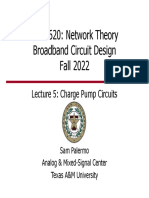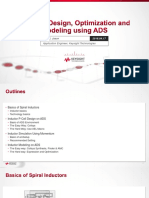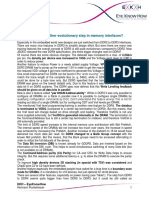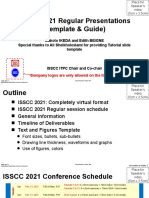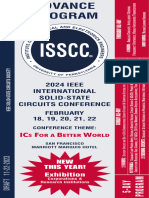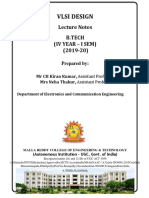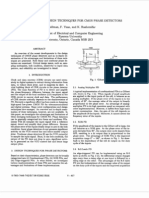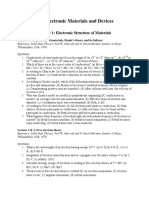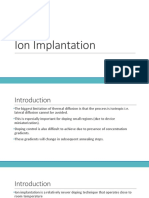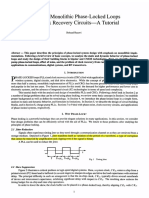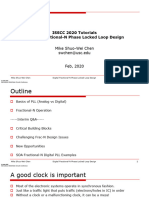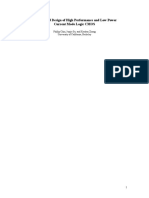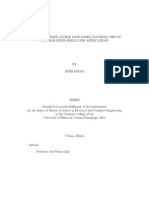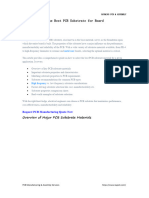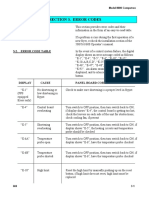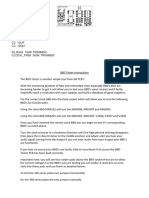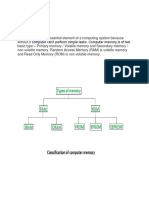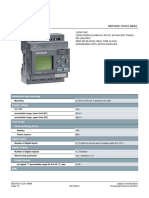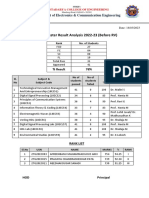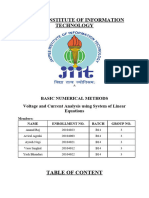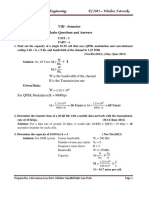0% found this document useful (0 votes)
224 views18 pagesLecture01 Ee620 Intro
This document provides an overview of the ECEN620: Network Theory - Broadband Circuit Design course for Fall 2022. The class will cover key broadband circuits like phase-locked loops, clock and data recovery systems, and broadband amplifiers. Example applications and circuits are presented, including a 10GHz PLL and a high-speed current-mode logic divide-by-2 flip flop. The class topics, prerequisites, grading, and preliminary schedule are also summarized.
Uploaded by
Peygamberinizi SikiyimCopyright
© © All Rights Reserved
We take content rights seriously. If you suspect this is your content, claim it here.
Available Formats
Download as PDF, TXT or read online on Scribd
0% found this document useful (0 votes)
224 views18 pagesLecture01 Ee620 Intro
This document provides an overview of the ECEN620: Network Theory - Broadband Circuit Design course for Fall 2022. The class will cover key broadband circuits like phase-locked loops, clock and data recovery systems, and broadband amplifiers. Example applications and circuits are presented, including a 10GHz PLL and a high-speed current-mode logic divide-by-2 flip flop. The class topics, prerequisites, grading, and preliminary schedule are also summarized.
Uploaded by
Peygamberinizi SikiyimCopyright
© © All Rights Reserved
We take content rights seriously. If you suspect this is your content, claim it here.
Available Formats
Download as PDF, TXT or read online on Scribd
/ 18
